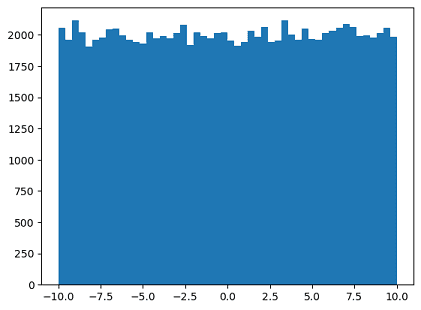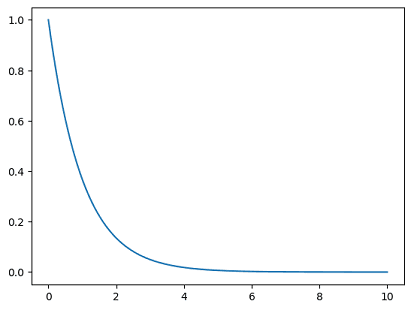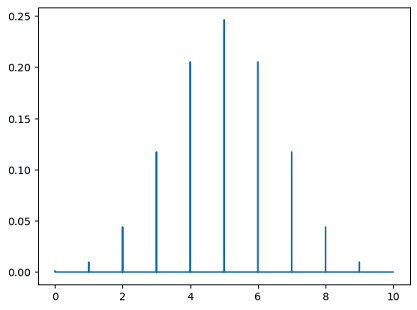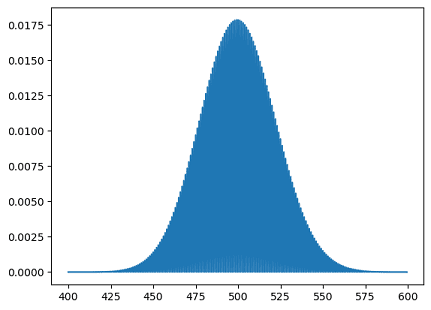Statistics and Probability for AI
1 Types of Data
Numerical Data: is data in the form of numbers
- Represents some sort of quantitative measurement (Heights of people, Page load times, Stock prices, etc.)
- Discrete Data (Integer based; often counts of some event)
- Continuous Data (Has an infinite number of possible values)
Categorical Data: is data that can be grouped into categories instead of being measured numerically
- Qualitative data that has no inherent mathematical meaning (Gender, Yes/No, Product Category)
- Number Category but dont have mathematical meaning
Ordinal Data: is mixture of numerical and categorical data
- Categorical data (Ratings on 1-5)
2 Mean, Median, and Mode
Mean: is the average of a data set is found by adding all numbers in the data set and then dividing by the number of values in the set.
import numpy as np
# normal distribution
# (mean, standard deviation, size)
incomes = np.random.normal(27100, 15000, 10000)
np.mean(incomes)
Result:
26996.83588058297
Median: is the middle number in a sorted list of numbers (either ascending or descending).
np.median(incomes)
Result:
27049.84671143801
Median: is the value that is the most repeatedly occurring in a given set.
import numpy as np
from scipy import stats
# Integer Random Generator
# (low, high, size)
ages = np.random.randint(18, 90, size=500)
stats.mode(ages)
Result:
ModeResult(mode=28, count=12)
3 Standard Deviation and Variance
Standard Devication (σ): is a measure of the amount of variation of a random variable expected about its mean.
Variance (σ2): is the expected value of the squared deviation from the mean of a random variable.
- Population Variance: σ2 = ∑(Χ-μ)2/N
- Sample Variance: σ2 = ∑(Χ-M)2/(n-1)
import numpy as np
import matplotlib.pyplot as plt
incomes = np.random.normal(100, 20, 10000)
plt.hist(incomes, 50)
plt.show()

incomes.std()
Result: 20.075094748090326
incomes.var()
Result: 403.00942914480373
4 Probability Density Function
The Probability Density Function defines the probability function representing the density of a continuous random variable lying between a specific range of values.
(For the discrete data, it will be Probability Mass Function.)
- Uniform Distribution: is a flat constant probability of a value occuring within a given range.
import numpy as np
import matplotlib.pyplot as plt
# unform(start, end, value)
values = np.random.uniform(-10.0, 10.0, 100000)
plt.hist(values, 50)
plt.show()
Result:

- Normal/Gaussian Distribution:
from scipy.stats import norm
import matplotlib.pyplot as plt
x = np.arange(-3, 3, 0.001)
plt.plot(x, norm.pdf(x))
Result:

- Exponential Distribution:
from scipy.stats import expon
import matplotlib.pyplot as plt
x = np.arange(0, 10, 0.001)
plt.plot(x, expon.pdf(x))
Result:

- Binomial Probability Mass Function:
from scipy.stats import binom
import matplotlib.pyplot as plt
n, p = 10, 0.5
x = np.arange(0, 10, 0.001)
plt.plot(x, binom.pmf(x, n, p))
Result:

- Poisson Probability Mass Function:
from scipy.stats import poisson
import matplotlib.pyplot as plt
mu = 500
x = np.arange(400, 600, 0.5)
plt.plot(x, poisson.pmf(x, mu))
Result:


